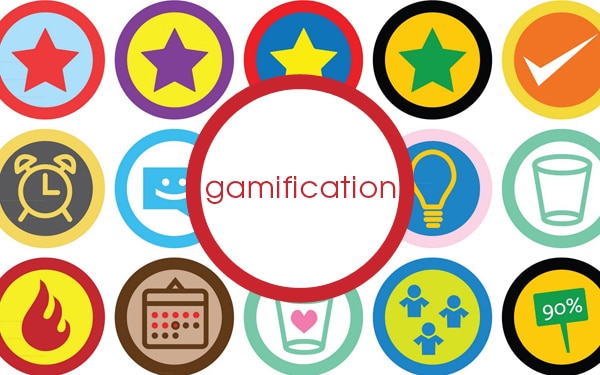Feel like a winner? How digital signage and gamification win at work
This article has been re-published with the permission of Digital Screenmedia Association. It was written by Ben Johnston, Director of Product Marketing for RMG Networks. See the original article here.
I’ve been reading a bit lately about gamification and thinking about its implications for our Supply Chain, Contact Center and Digital Signage customers. For anyone not familiar with the term, a definition is useful. Gamification guru Yu-kai Chou provides an elegant, no “bs” definition of gamification on his blog:
Gamification is the craft of deriving all the fun and addicting elements found in games and applying them to real-world or productive activities. This is what I call “Human- Focused Design” as opposed to the “Function-Focused Design.” It’s a design process that optimizes for the human in the system, as opposed to pure efficiency of the system.
Gartner predicts that by 2014, more than 70% of Global 2000 organizations would be using gamification in their businesses. “The potential is enormous… [and] gamification could become as important as Facebook, eBay or Amazon,” one Gartner research VP was quoted as saying.
Experts agree, the benefits of gamification in the workplace include increased employee motivation as a result of intrinsic (makes me feel good) or extrinsic (recognition) rewards for changes in behavior and thus increased engagement with work.
While maybe not every business has deployed gamification in their daily operations, look around closely and you will find many examples of gamification in the workplace and in B2C applications. In fact, entire companies (like Badgeville) exist just to help businesses implement game mechanics into their operations.
It’s natural to think of digital signage as one medium for communicating and displaying elements of gamification to a workforce. But if the digital signage display is the end node, what’s the starting point?
Yu-kai Chou advises that successful gamification design starts with asking the question, “how do I want my employees/players/users to feel?” instead of jumping straight into the game elements.
For supply chain businesses (or any business with internal audiences), managers and leaders should ask themselves the same question; how do I want my workers to feel in order to be most productive and what can I do to influence that?
Internal communications pros tell us that companies with higher employee engagement scores often outperform their competitors and that employees are more positively engaged. It seems obvious, right? Treat your employees right, give them a mission and vision they believe in and support, and they’ll be more productive, happier and help the company succeed.
Certainly a number of techniques exist for improving employee engagement from incentive-based pay to benefits and programs that support a healthy work/life balance. From installing internal social networks like Chatter and Yammer to the gamification of HR initiatives (e.g., handing out pedometers and posting a digital leaderboard to encourage exercise), business leaders are making use of technology to help them implement these techniques.
Digital signage systems will play a key role by publicly displaying the results – the scoreboards. Digital signage content designers and solution architects who take into account their audience’s motivations and goals (and feelings) when implementing game designs will succeed in helping realize the benefits of workplace gamification. And that’s a game we all want to win.
.
-
Stay up to date with the latest news, industry insights and Integrate updates.
- Subscribe

